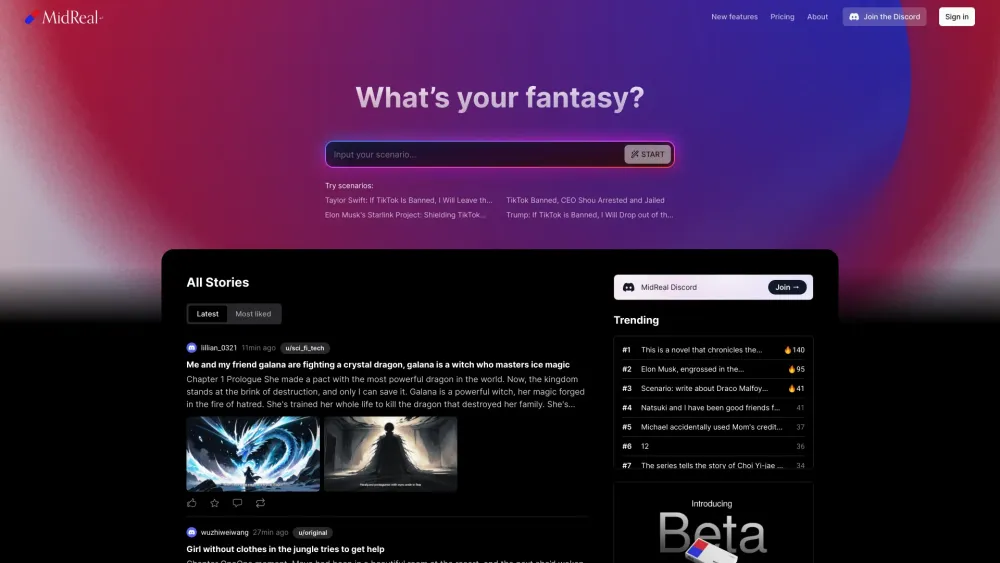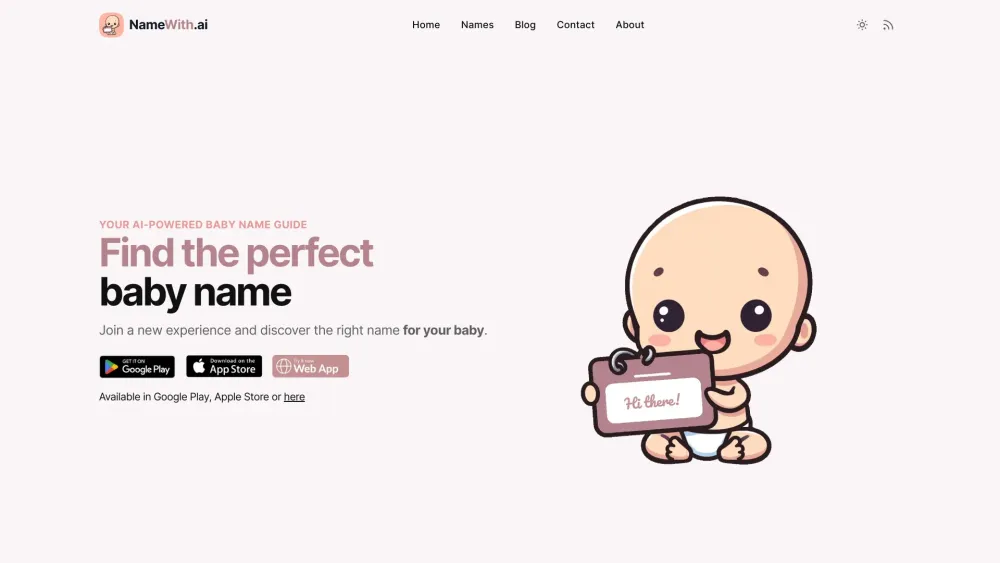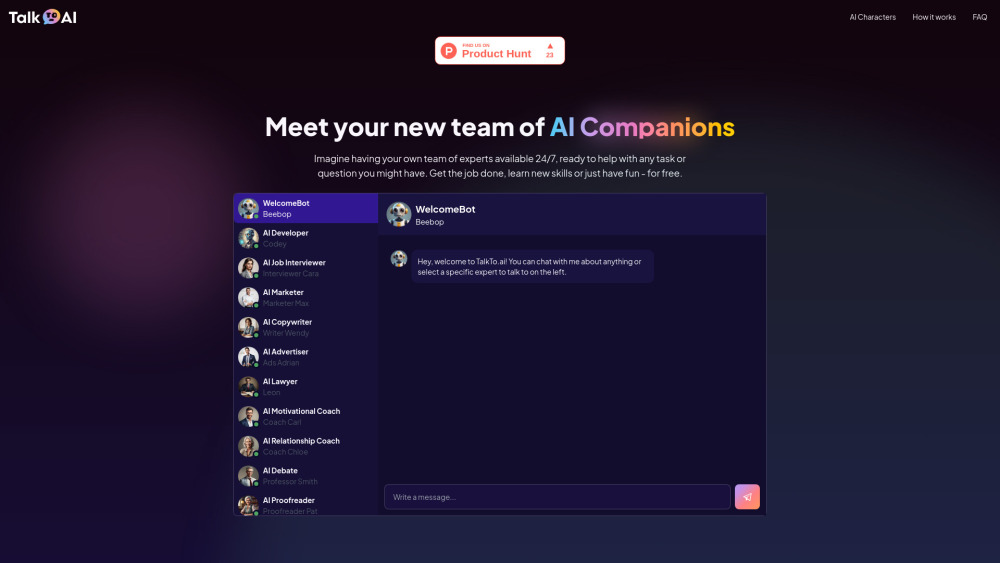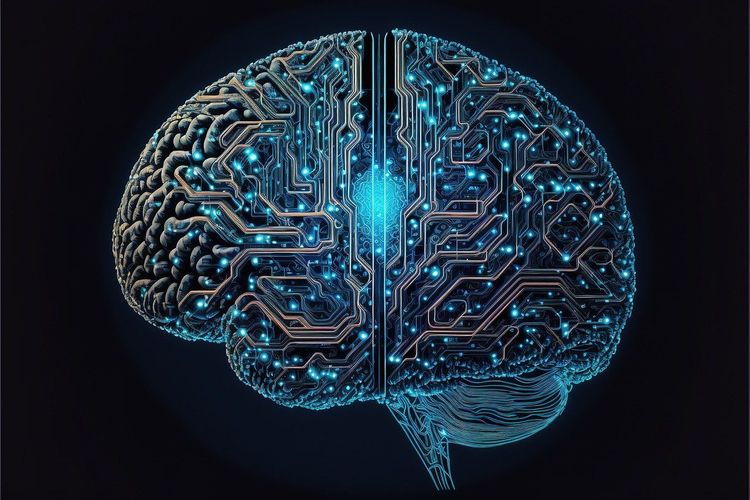On June 13, American startup Luma AI unveiled Dream Machine, an AI model capable of generating video from text and images. The videos produced are strikingly lifelike, featuring dynamic camera movements and natural lighting, with a five-second video generated in under two minutes. A notable feature of Dream Machine is its ability to simulate realistic camera motion and lighting variations, ensuring consistency throughout the visuals.
Luma AI showcased Dream Machine with an official demo that features first-person explorations of ruins, demonstrating the model's capacity for exposure adaptation as the user moves between indoor and outdoor settings. Unlike many video generation models, Dream Machine is currently free on Luma AI's website, allowing for up to 30 video generations per month. However, high demand led to temporary server overloads right after the launch.
Early beta testers praised Dream Machine's realistic rendering of objects, characters, actions, and environments while maintaining smooth movements and coherent storytelling. According to the official announcement, video generation takes approximately 120 seconds, though users might encounter wait times due to increased demand.
Founded in 2021 and based in San Francisco, Luma AI has successfully completed two funding rounds, securing investments from NVIDIA and Andreessen Horowitz (a16z). The company is now valued at an estimated $200 to $300 million. Their previous product, Genie 1.0, could convert text into 3D models in just ten seconds.
Following its launch, Dream Machine became highly popular, with users facing wait times of up to 15 minutes for a single video. The subsequent testing phase provided valuable insights into the user experience. Dream Machine features an intuitive interface, allowing users to submit prompts via text and images or purely text. The “Enhance prompt” option can further optimize input for better outcomes.
Initial tests with prompts, such as a “low-angle shot of a majestic tiger prowling through a snowy landscape,” illustrated some limitations, as the output deviated from the specified angle, resulting in a bird's-eye view and less visibility of the tiger's footfalls. Additionally, inconsistencies emerged in the tiger’s movements and markings.
In tests involving the famous painting "Girl with a Pearl Earring," two versions were generated—one with and one without the “Enhance prompt” option. The enhanced version animated the character effectively, introducing lifelike variations in motion and lighting, while the original version showed minimal changes. However, some discrepancies, such as asymmetrical earrings, remained.
Compared to the polished demo from competitor Sora, Dream Machine exhibited some stiffness in character expressions and occasional visual glitches. Nonetheless, it excelled in generating realistic reflections and ripples as characters moved through puddles, despite the differences in refinement compared to traditional demos.
With adjustments to prompts, real-time video generation improved significantly. Multi-modal inputs tended to generate better results, although longer prompts resulted in extended wait times and less satisfactory outputs.
User feedback has highlighted Dream Machine's impressive capabilities, drawing comparisons with competitors like Runway and Pika. Users and professionals alike appreciate Dream Machine's consistent movement and overall quality, making it accessible for everyday consumers to create content similar to Sora’s.
The potential misuse of Dream Machine as a free tool raises concerns, yet Luma AI aspires to foster a vibrant community of creators while promoting responsible innovation in the fast-evolving AI landscape.
Luma AI, founded by industry professionals from notable companies like Apple and NVIDIA, has raised a total of $67.3 million. As the AI-driven video generation market evolves, Dream Machine could emerge as a significant disruptor in the industry in 2024.





